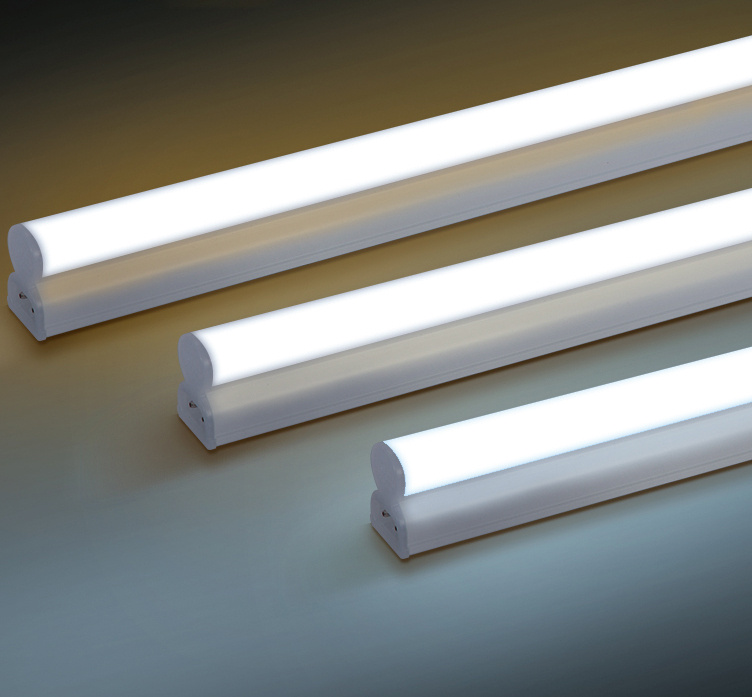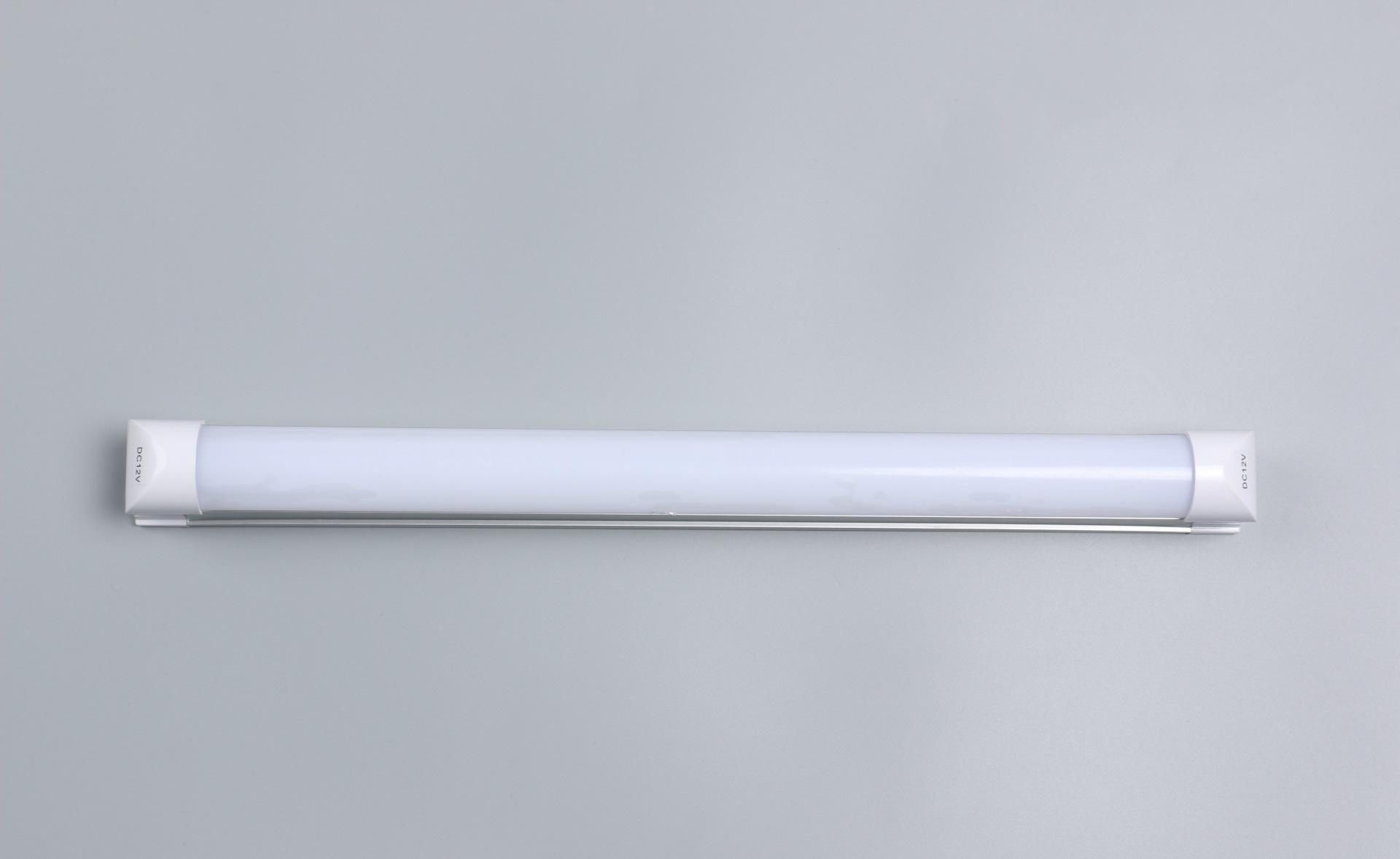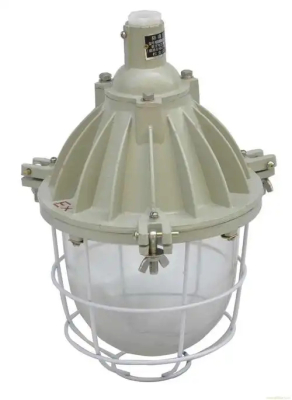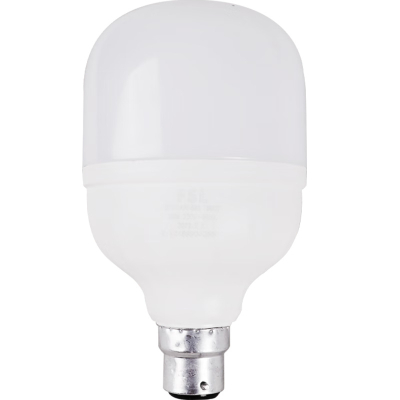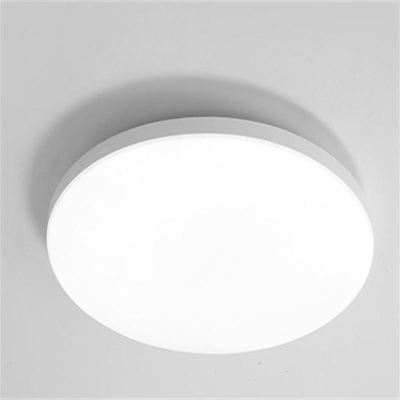Fluorescent Lamp
A fluorescent lamp is a type of gas - discharge lamp that uses fluorescence to produce visible light. It consists of a glass tube filled with a low - pressure mixture of mercury vapor and an inert gas, usually argon. When an electric current is applied to the electrodes at each end of the tube, electrons are emitted and accelerated through the gas.
The electrons collide with the mercury atoms, exciting them to a higher energy state. As the mercury atoms return to their ground state, they emit ultraviolet (UV) radiation. This UV radiation then strikes a phosphor coating on the inside of the glass tube. The phosphor absorbs the UV light and re - emits it as visible light. The color of the emitted light depends on the type of phosphor used.
Construction and Components
Glass Tube
The glass tube is the main body of the fluorescent lamp. It is usually long and cylindrical, and its diameter can vary depending on the lamp's design and wattage. The tube is made of a special glass that can withstand the pressure and chemical reactions inside. The inner surface of the tube is coated with a phosphor layer. The quality and composition of the phosphor determine the color characteristics and efficiency of the lamp. For example, different phosphors can produce warm - white, cool - white, or daylight - like light.
Electrodes
There are two electrodes located at each end of the glass tube. These electrodes are usually made of a tungsten coil coated with an emissive material such as a mixture of barium, strontium, and calcium oxides. The function of the electrodes is to emit electrons when a voltage is applied. The emissive material helps to lower the work function of the electrodes, allowing electrons to be more easily emitted and initiating the gas - discharge process.
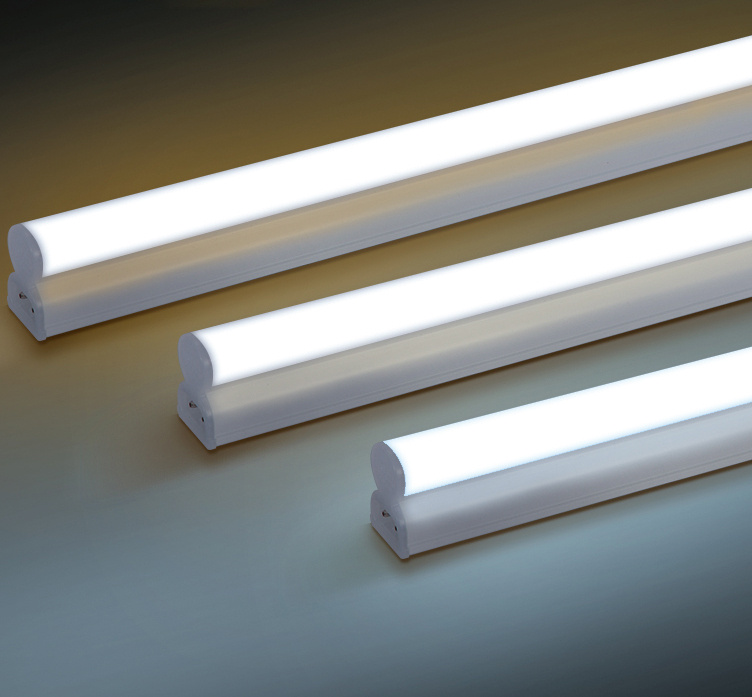
Ballast
The ballast is an essential component of a fluorescent lamp. It is a device that controls the current flowing through the lamp. There are two main types of ballasts: magnetic ballasts and electronic ballasts. Magnetic ballasts use an inductor to limit the current. They are relatively simple and inexpensive but can be less efficient and may cause flicker and audible noise. Electronic ballasts, on the other hand, use electronic components to convert the input voltage and control the current more precisely. They are more efficient, produce less flicker, and can often be used to dim the lamp.
Base
The base of a fluorescent lamp is used to connect the lamp to the socket and the ballast. There are different types of bases, such as the bi - pin base and the single - pin base. The bi - pin base has two pins that fit into corresponding sockets and provide the electrical connection. The base also serves to support the lamp and ensure proper alignment and connection to the electrical components.
3. Advantages
Energy Efficiency
Fluorescent lamps are more energy - efficient than incandescent lamps. They convert a larger percentage of the electrical energy they consume into visible light. Typically, fluorescent lamps can convert about 20 - 30% of the input energy into light, compared to only 5 - 10% for incandescent lamps. This means that for the same amount of light output, a fluorescent lamp consumes less electricity and can result in significant energy savings over time.
Long Lifespan
The lifespan of a fluorescent lamp is relatively long. On average, a fluorescent lamp can last for about 10,000 - 20,000 hours, depending on the quality of the lamp and the operating conditions. This is much longer than the lifespan of an incandescent lamp, which reduces the frequency of lamp replacement and maintenance costs.
High - Intensity Output
Fluorescent lamps can provide a high - intensity light output. They are suitable for applications where a large amount of light is needed, such as in offices, schools, and commercial buildings. The light is evenly distributed along the length of the tube, providing a wide and uniform illumination area.
4. Disadvantages
Complex Components and Initial Cost
Fluorescent lamps have more complex components compared to incandescent lamps. The need for a ballast and a phosphor - coated tube makes them more expensive to manufacture and purchase initially. The cost of replacement bulbs and ballasts can also add up over time.
Flicker and Strobe Effects
Some fluorescent lamps, especially those with magnetic ballasts, can exhibit flicker or strobe effects. The flicker can cause eye strain and headaches, especially in environments where people need to focus on detailed work for long periods. Although electronic ballasts have reduced this problem to a great extent, it can still occur in some cases.
Mercury Content and Environmental Impact
Fluorescent lamps contain a small amount of mercury, which is a toxic heavy metal. If a fluorescent lamp breaks, the mercury can be released into the environment. Proper disposal of fluorescent lamps is crucial to prevent mercury pollution. Recycling programs are available in many areas to handle fluorescent lamps safely, but not all users may be aware of or follow these procedures.
5. Applications
Commercial and Office Lighting
Fluorescent lamps are widely used in commercial and office buildings. They are used to illuminate workspaces, hallways, and meeting rooms. The high - intensity and energy - efficient lighting they provide make them suitable for creating a well - lit and productive working environment.
Educational Institutions
In schools, colleges, and universities, fluorescent lamps are used in classrooms, libraries, and laboratories. Their long lifespan and even light distribution are beneficial for providing a consistent lighting environment for students and teachers.
Fluorescent lamps are also used in some industrial settings where a large amount of light is needed over a wide area. They can be used to light up workshops, warehouses, and production lines. However, in some industrial applications, other types of lighting such as high - intensity discharge (HID) lamps may be more suitable depending on the specific requirements.

